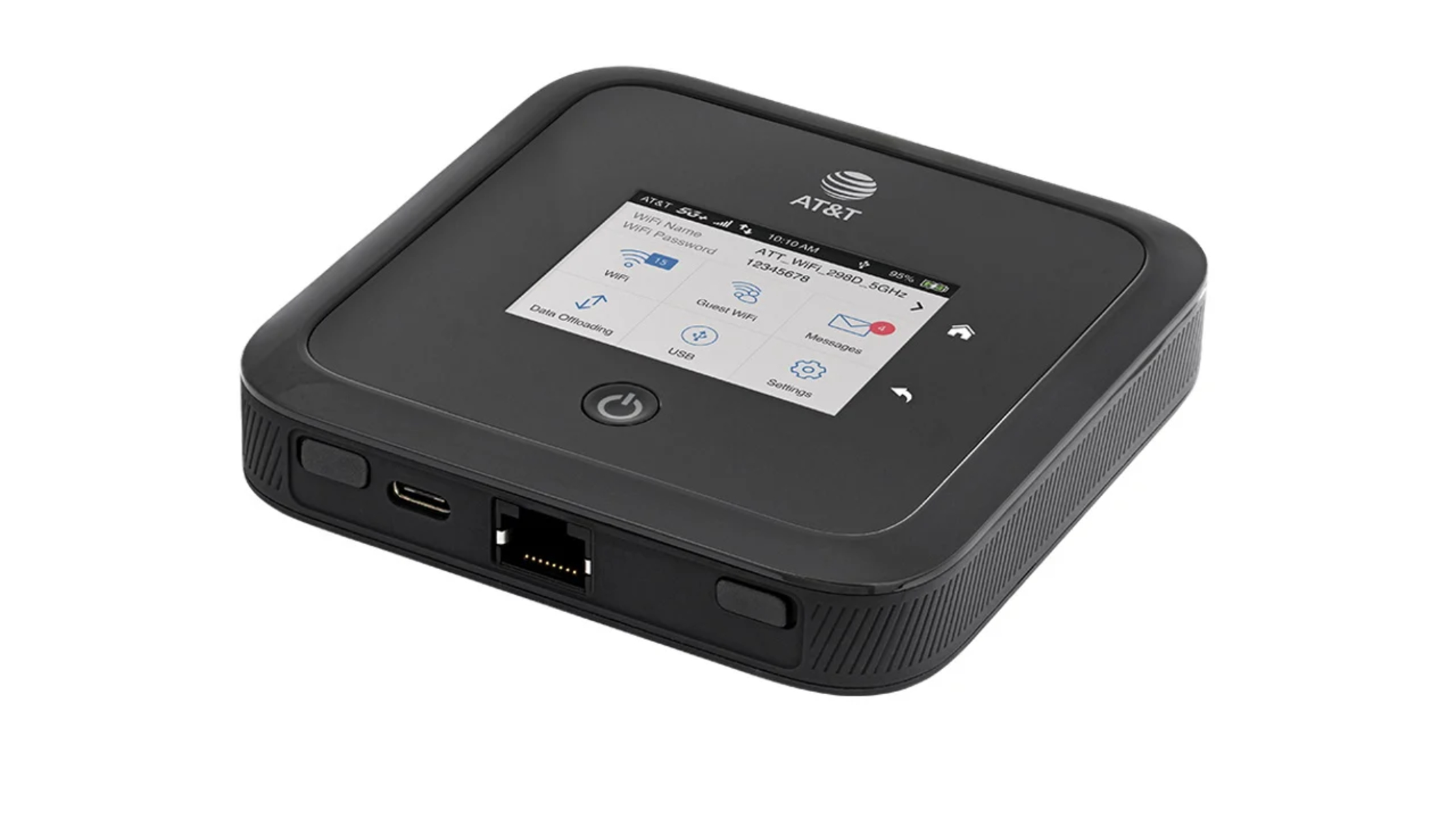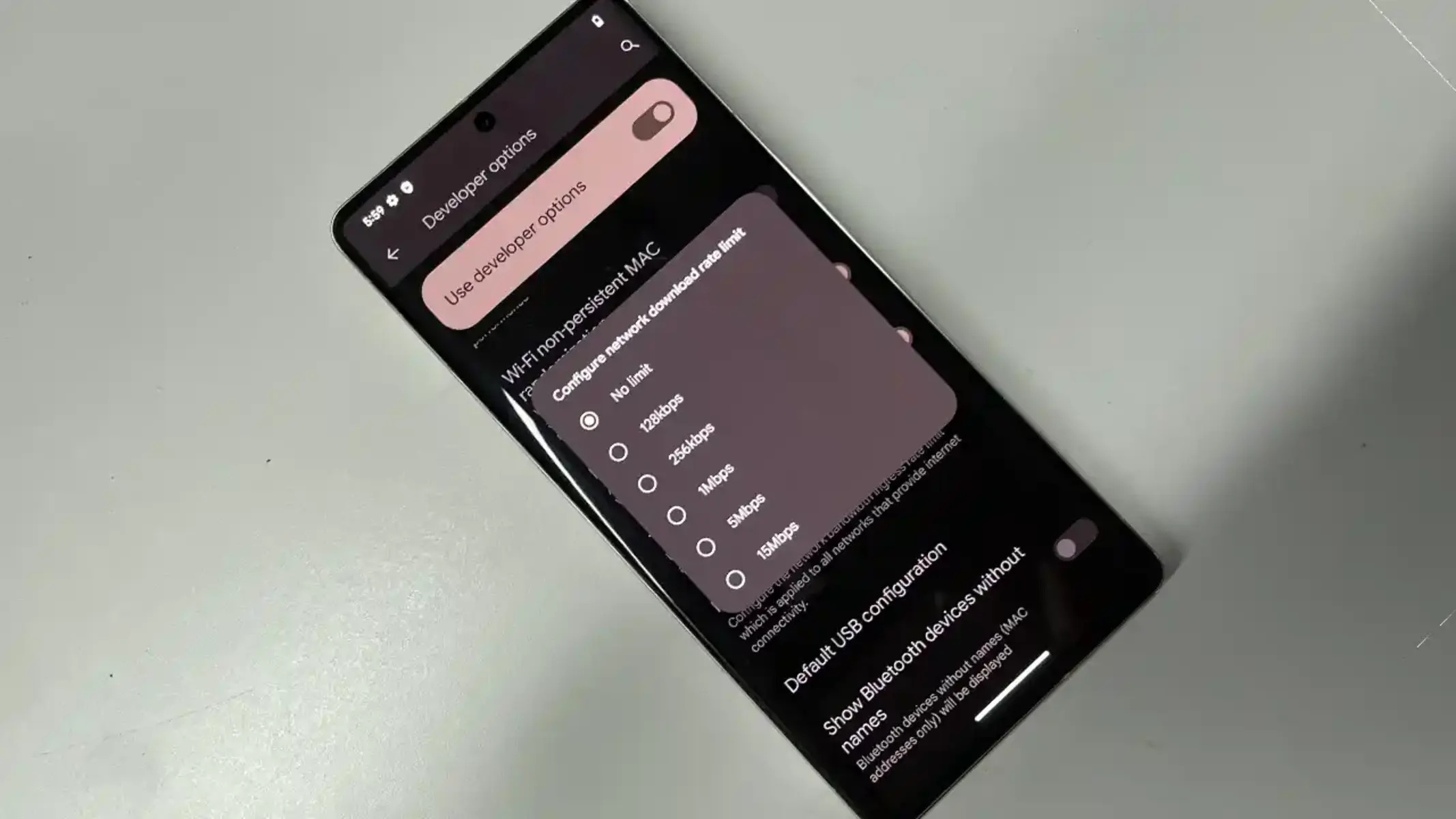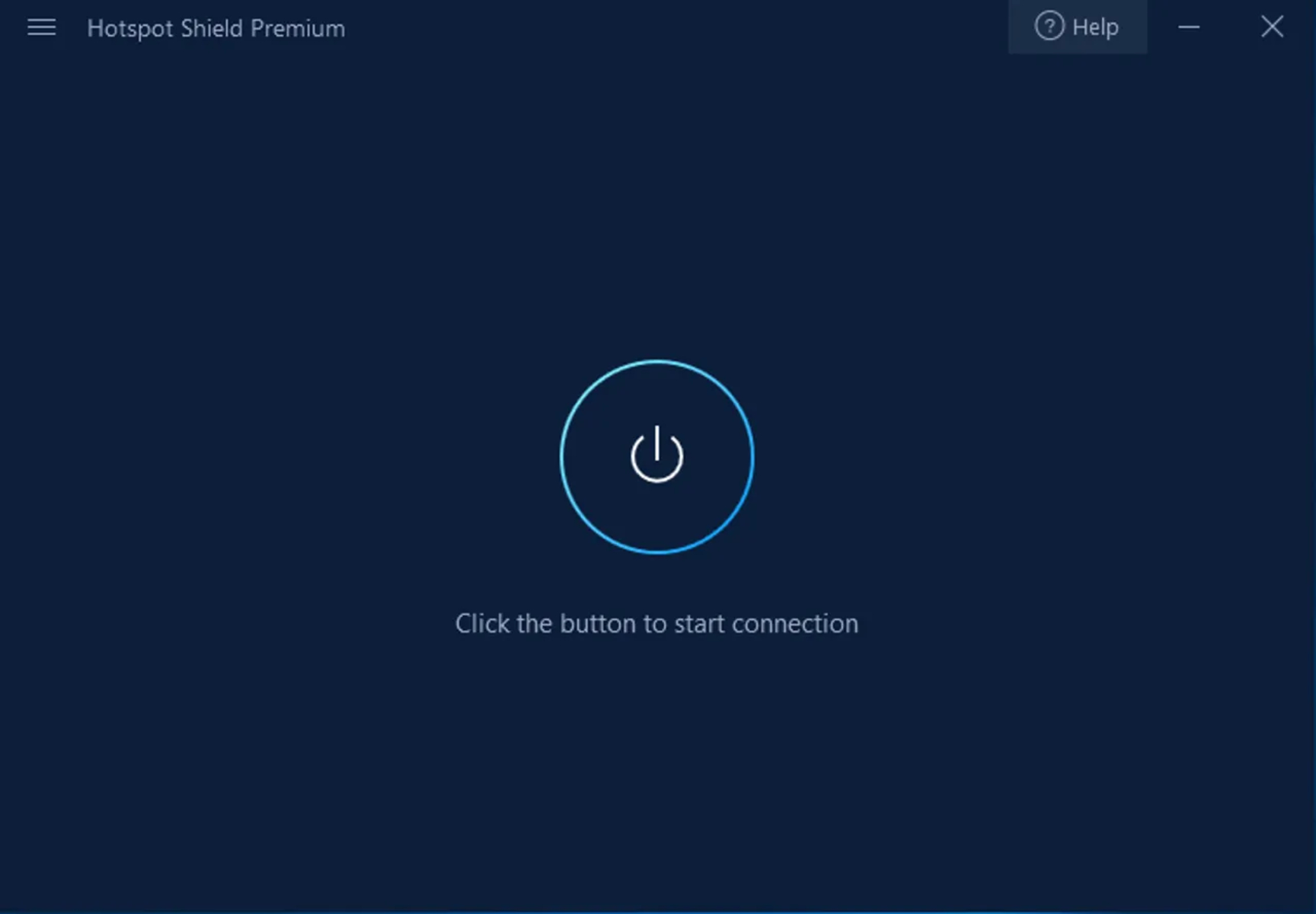Introduction
In today's fast-paced digital age, staying connected on the go is more essential than ever. T-Mobile's hotspot feature offers the convenience of accessing the internet from virtually anywhere, whether it's for work, entertainment, or staying in touch with friends and family. However, T-Mobile imposes certain limitations on hotspot usage, which can sometimes hinder the seamless experience users desire.
This article aims to shed light on the various aspects of T-Mobile hotspot limitations and provide valuable insights into bypassing these restrictions. Whether you're a remote worker, a student, or simply someone who loves to stream their favorite shows on the go, understanding how to make the most of your T-Mobile hotspot can significantly enhance your connectivity experience.
By delving into the intricacies of T-Mobile hotspot limitations and exploring effective tips and tricks for bypassing these constraints, readers will gain a comprehensive understanding of how to maximize the utility of their T-Mobile hotspot. So, let's embark on this journey to unlock the full potential of T-Mobile hotspots and revolutionize the way we stay connected in today's dynamic world.
Understanding T-Mobile Hotspot Limitations
When utilizing T-Mobile's hotspot feature, it's crucial to be aware of the limitations imposed by the service provider. These limitations are designed to manage network resources and ensure fair usage for all subscribers. Understanding these restrictions can help users make informed decisions and explore alternative methods to optimize their hotspot experience.
Data Caps and Speed Throttling
T-Mobile's hotspot plans typically come with data caps, which restrict the amount of data that can be used for hotspot connectivity within a billing cycle. Once the data cap is reached, the speed of the hotspot connection may be throttled, resulting in slower internet access. This can be particularly frustrating for users who rely heavily on their hotspot for tasks that demand high bandwidth, such as video streaming or large file downloads.
Network Prioritization
In congested network environments, T-Mobile may prioritize the data usage of certain subscribers over others to manage network traffic efficiently. As a result, users engaging in extensive hotspot usage during peak hours or in densely populated areas may experience reduced speeds, impacting their overall connectivity experience.
Plan Limitations and Add-Ons
Different T-Mobile plans come with varying hotspot allowances and limitations. While some plans offer generous hotspot data quotas, others may have more restrictive limits. Additionally, users may have the option to purchase add-ons to increase their hotspot data allocation, albeit at an additional cost.
Device Compatibility and Restrictions
Certain T-Mobile devices may have specific hotspot restrictions based on their hardware capabilities or software configurations. Users should be mindful of these limitations when using their devices as hotspots, as they can affect the overall performance and compatibility with T-Mobile's network infrastructure.
By understanding these limitations, T-Mobile hotspot users can proactively manage their data usage, explore alternative connectivity options when nearing their data caps, and make informed decisions when selecting or customizing their T-Mobile plans. This knowledge forms the foundation for devising effective strategies to bypass or mitigate the impact of these limitations, ultimately optimizing the T-Mobile hotspot experience.
Tips for Bypassing T-Mobile Hotspot Limitations
1. Utilize Data-Saving Techniques
Implementing data-saving techniques can help extend the usage of your T-Mobile hotspot within the confines of data caps. For instance, adjusting video streaming quality to a lower resolution can significantly reduce data consumption while streaming content. Similarly, enabling data-saving features in apps and devices, such as limiting background data usage and optimizing app settings, can contribute to more efficient data utilization, allowing users to make the most of their allocated hotspot data.
2. Explore Wi-Fi Offloading
Wi-Fi offloading involves leveraging alternative Wi-Fi networks to supplement hotspot usage, thereby alleviating the burden on T-Mobile's network and conserving hotspot data. Users can seek out Wi-Fi hotspots in public areas, such as cafes, libraries, and public parks, to offload data-intensive activities from their T-Mobile hotspot. Additionally, considering Wi-Fi sharing arrangements with trusted individuals or utilizing Wi-Fi networks at home, work, or educational institutions can complement hotspot usage and mitigate the impact of data caps.
3. Opt for Unlimited Plans or Add-Ons
For users frequently exceeding their hotspot data limits, opting for T-Mobile's unlimited plans or purchasing add-ons specifically tailored to augment hotspot data allowances can be a viable solution. Unlimited plans eliminate the concern of data caps and speed throttling, providing a seamless and unrestricted hotspot experience. Alternatively, adding extra hotspot data through affordable add-ons can offer flexibility and peace of mind, ensuring uninterrupted connectivity without the fear of reaching data limits prematurely.
4. Employ VPN Services
Virtual Private Network (VPN) services not only enhance online security and privacy but can also aid in bypassing certain T-Mobile hotspot limitations. By encrypting data traffic, VPNs can obfuscate hotspot usage patterns, potentially mitigating the impact of network prioritization and circumventing speed throttling during peak usage hours. Additionally, VPNs can enable users to access region-locked content and services, expanding the utility of their T-Mobile hotspot beyond conventional boundaries.
5. Device Optimization and Updates
Regularly optimizing and updating devices used for T-Mobile hotspot connectivity can contribute to a smoother and more efficient user experience. Ensuring that devices are free from unnecessary background processes, malware, or outdated software can mitigate excessive data consumption and enhance overall hotspot performance. Additionally, staying abreast of firmware updates and device optimizations recommended by T-Mobile can address potential compatibility issues and maximize the efficacy of hotspot usage.
By implementing these tips, T-Mobile hotspot users can navigate and overcome the inherent limitations, ensuring a more gratifying and sustainable connectivity experience without compromising on their digital pursuits.
Tricks for Maximizing T-Mobile Hotspot Usage
1. Data Management and Scheduling
Effectively managing data usage and scheduling bandwidth-intensive activities can significantly enhance the longevity of T-Mobile hotspot connectivity. By prioritizing essential tasks and allocating data resources judiciously, users can optimize their hotspot experience. For example, scheduling large file downloads or system updates during off-peak hours can mitigate the impact of speed throttling and network prioritization, ensuring smoother and uninterrupted connectivity when it matters most.
2. Caching and Offline Access
Leveraging caching mechanisms and offline access features in applications and services can reduce reliance on real-time data consumption. Many popular streaming platforms, productivity tools, and content services offer offline access options, allowing users to pre-download content for later consumption. By proactively caching relevant data, such as maps, documents, and media, users can minimize the need for continuous data access, conserving their hotspot allocation for critical tasks and unforeseen connectivity needs.
3. Network Signal Optimization
Optimizing the reception and quality of the network signal can positively impact T-Mobile hotspot performance. Users can explore signal boosting solutions, such as signal amplifiers or Wi-Fi extenders, to enhance the reach and stability of their hotspot connection. Additionally, positioning the hotspot-enabled device in proximity to the source of the T-Mobile signal, minimizing obstructions, and avoiding crowded wireless channels can foster a more robust and reliable hotspot experience, mitigating potential disruptions and latency issues.
4. Task Offloading and Prioritization
Prioritizing essential tasks and offloading non-critical activities to alternative connectivity sources can alleviate the strain on T-Mobile hotspots. For instance, utilizing mobile data for urgent communication and lightweight browsing while reserving the hotspot for bandwidth-demanding tasks can balance data usage and optimize the overall connectivity experience. By discerning between tasks that necessitate hotspot usage and those that can be accommodated through alternative means, users can maximize the efficiency of their T-Mobile hotspot without compromising on essential connectivity requirements.
5. Collaborative Hotspot Sharing
Collaborative hotspot sharing among trusted individuals within a social or professional network can expand the collective hotspot resources. Establishing reciprocal arrangements for hotspot sharing, especially in scenarios where users have varying data usage patterns and peak hours, can diversify connectivity options and provide mutual support. This collaborative approach not only optimizes individual hotspot usage but also fosters a sense of community and resourcefulness, creating a symbiotic network of shared connectivity resources.
6. Continuous Learning and Adaptation
Staying informed about evolving technologies, network optimizations, and best practices for hotspot usage is essential for maximizing T-Mobile hotspot utility. Engaging with T-Mobile's support resources, community forums, and official communications can provide valuable insights into optimizing hotspot performance. Additionally, remaining receptive to new strategies, tools, and updates in the realm of connectivity management empowers users to adapt and refine their approach to T-Mobile hotspot usage, ensuring sustained efficiency and adaptability in dynamic connectivity scenarios.
By implementing these tricks, T-Mobile hotspot users can elevate their connectivity experience, extend the longevity of their hotspot resources, and navigate the intricacies of data management with confidence and ingenuity.

























